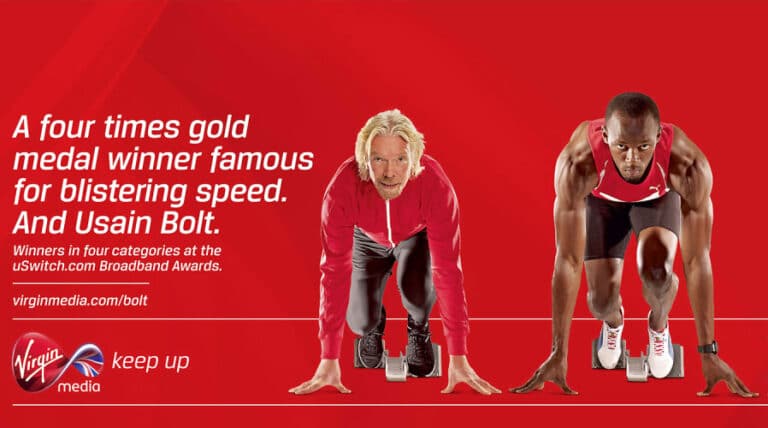Qualities of Leadership: Evolution of the CEO
Cornerstone International Group has more than 30 years of hands-on experience with the qualities of leadership, selecting and training talent to the level of CEO for the world’s leading organizations. In recent years we have seen how the profile and the role of the chief executive has gone through an evolutionary process.

Among the main challenges to the qualities of leadership that the CEO must keep in mind are:
- Technology is rewriting borders, digitalization and globalization are forcing organizational change. These are the main external forces on which CEOs have focused.
- Decisions are getting closer and closer to the client. Organizations are reforming into more agile and smaller structures to be closer to them.
- Sustainability leads a cultural change. Organizations must understand and incorporate social and environmental responsibility in the agenda, contributing to the progress of the countries where they operate.
- The transformation is not only technological, it is also normative, organizational and competitive, which leads to new business models.
- The digital transformation is that of mindset, culture and leadership style. The CEO is the principal manager of change in this evolutionary process.
Change is the only constant in the equation and a lot of skill is required to lead organizations in this context. Recently in Peru, we recognized the top 25 most profitable CEO, who, through their leadership and good practices in a dynamic market, have achieved sustained growth in sales and profitability.
Our Latest Survey
Every year, since 2005, Cornerstone has conducted a global survey that aims to understand the role of senior management in organizations, as well as the factors that will affect their business over the coming years.
Our 2019 annual survey represented a wide variety of businesses, cultures and regions. (In Peru, we interviewed 26 CEOs.)
The results of the survey are available in a downloadable report from our website. Here are the main findings.
1. The impact on the organization
Given the change and the need for speed and flexibility, organizations are bringing decision making to the client. While large organizations can continue to function as a multiple matrix organization, decisions are made as closely as possible to the client. This is manifested in two organizational changes.
First, companies tend to create smaller and more flexible units within the organization. Executives are divided into these units so they can move where they are most needed.
Secondly, the board and senior management are looking for ways to obtain valuable information about customers, the market and the competition as soon as it is available.
The effect that these two changes can have on management is enormous. A manager will have to change his management style to direct people who could stop being direct reports. In addition, market information will reach him or her at the same time that such information, without filtering, reaches senior management. As a consequence, the planning time is reduced and the action is emphasized.
The main challenges come from the alteration caused by our digital environment.
Risks increase with speed
A faster environment demands greater risk taking. This is a challenge for senior management. Speed is now a fundamental factor and to gain market share, top management must take more risks than ever.
Speed will also dictate local and global priorities. It will be more difficult for regions to present global contracts profitably. Companies are looking for tailored solutions, not only with respect to product specification but also time to market, terms and conditions, local legal requirements and sustainability and demands related to corporate social responsibility (CSR).
2. The impact on talent
New technologies and techniques have caused a change in functional roles and responsibilities in employees. Finding the right candidate, with the background, experience, necessary skills and potential is considered one of the main challenges to achieve established goals.
The employees of the new generations need to share the values and mission of the company they want to work for. Companies face a strong push from social and environmental sustainability movements, and they need to take the CSR issue to a higher level, not only on the agenda, but also in the organization, even in the board.
The ‘generalist’ era may not be over, but our survey shows a clear trend towards specialization in some way. Companies are looking for candidates who have generic skills necessary to lead projects in different situations. On the other hand, they also seek to have the ability to specialize in a specific topic.
The legendary route from young messenger to CEO seems to be history. Executives who aspire to leadership do so by reaching the top of a functional operation and are increasingly trying to add a second.
3. The impact on the CEO’s world
A CEO communicates through what he says and does. An executive of that level must be authentic and live the values. Often, the company is driven by values, attitudes and a particular culture, rather than facts and figures. To motivate, encourage and train employees, the CEO must be a visible leader in creating the right environment.
Respondents point out that it is no longer enough for a CEO to have a “panoramic view” of the organization and its markets. The evolution of the CEO today revolves around change, the leader needs to anticipate, focus and lead the change.
The CEO’s ability to anticipate the competitive threat has also changed significantly. Today, competition in some sectors is just as likely to come from outside the business segment of the organization, as from within.
This is particularly noticeable in the telecommunications, IT or financial services businesses, but is by no means restricted to them. The powerful auto industry, with all its resources, was not fast enough to develop an electric car; Elon Musk and Tesla took the leadership position.
The CEO’s radar today has to constantly scan a much wider field.
The relationship with the board
Finally, the relationship between the CEO and the board is also undergoing a change. Not long ago, the CEO was the filter between the board and the team of managers within the entire organization. Our study shows that the board and the team of managers are moving much closer to each other.
Today’s board needs to be closer to the business. It makes sense that the board and the team of managers meet regularly to share timely information.
Finally, as a result of our experience, we see two essential key competencies of the CEO of the future.
- The first is transformational leadership, which is oriented to the ability to risk, change, influence, anticipate and adapt quickly to changes.
- The second is resilience, the ability to face problems, see solutions where others do not, and see crises as business opportunities.
The future is today, and tomorrow’s leaders need to anticipate and begin to develop these skills.
[Editor: this article is available in English and Spanish. The Spanish version first appeared in Semanaeconómica.com






